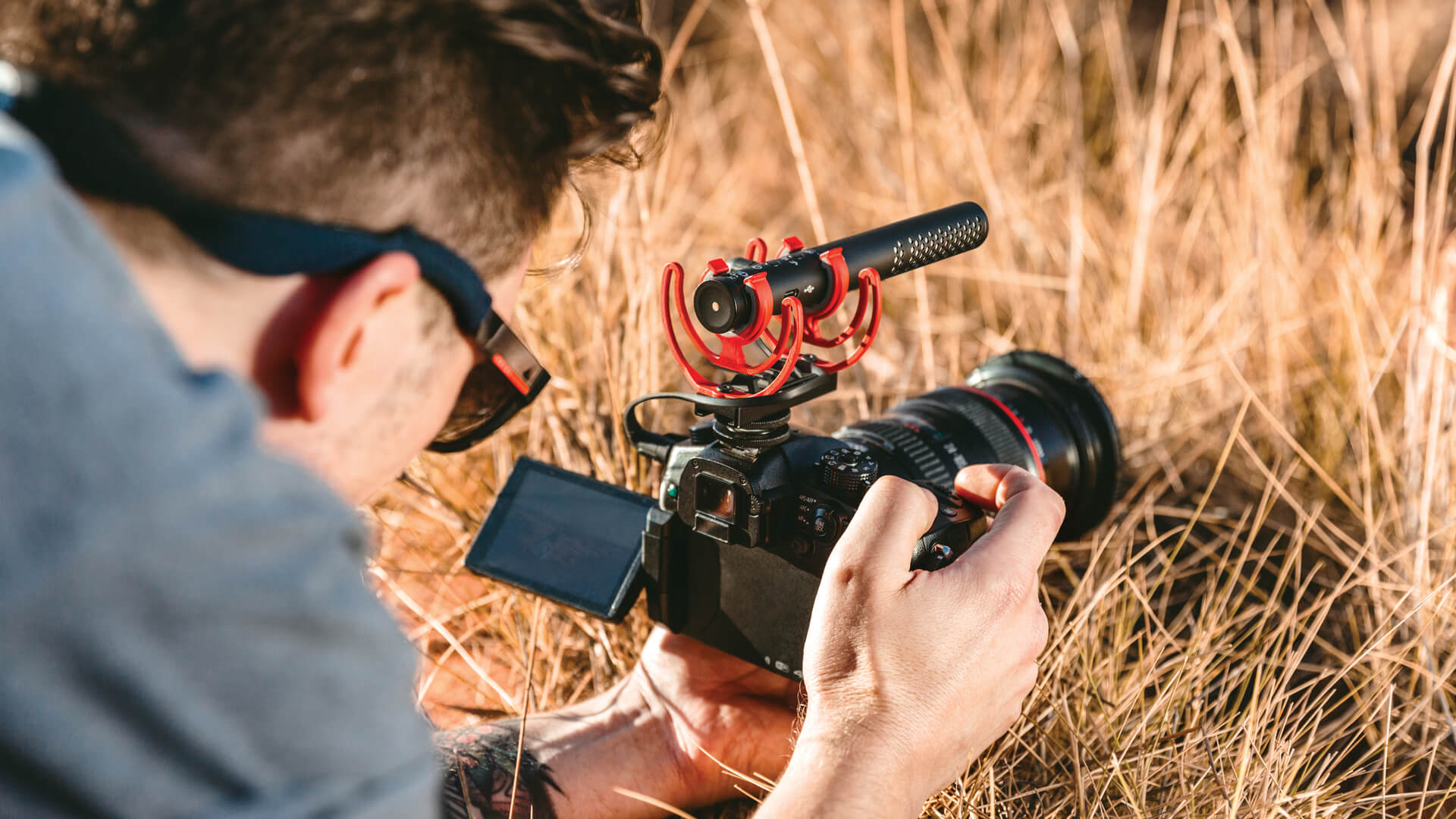Monitor Your Levels with Headphones
Many modern DSLR cameras have headphone outputs for monitoring audio, and these are super handy for ensuring that your levels aren’t clipping, there isn’t any extraneous noise, or anything else that might ruin your audio.
Always make sure you have a pair of headphones like the NTH-100 handy (chuck an extra pair of earbuds in your kit bag just to be safe!) and use them whenever you’re recording. If your camera doesn’t have a headphone output, you may want to look into getting an external preamp with this feature.
Use an External Preamp
As we’ve mentioned, the preamps in cameras aren’t great. If you’ve got a good microphone, you may want to go a step further and buy an external preamp too. There are two ways to go: on-camera preamps or an entirely separate recording setup.
For most DSLRs and mirrorless cameras, external on-camera preamps are more than enough. These slot directly onto your camera’s cold shoe mount (and will have a cold shoe or two of their own for mounting your mic) and they plug directly into your camera’s input, meaning you won’t have to worry about syncing the audio in post as you would with a separate recording set up.
One thing to remember is that these will not completely bypass your camera’s preamp, so you will have two gain stages to set (three if your mic has a gain control). So that you don’t have to worry about adjusting your camera’s audio level to compensate for the external preamp, set them quite low – well away from the yellow zone – and leave it alone.
Your external preamp should give you all the control you need. If you are using a VideoMic, make sure that your preamp has a 3.5mm TRS input jack. If it doesn’t, you will need a VXLR Pro or VXLR+ adapter (depending on your mic).
Check out RØDE’s extensive range of on-camera VideoMics for a microphone to capture stunning audio that best suits your situation and video setup.

.jpg)
